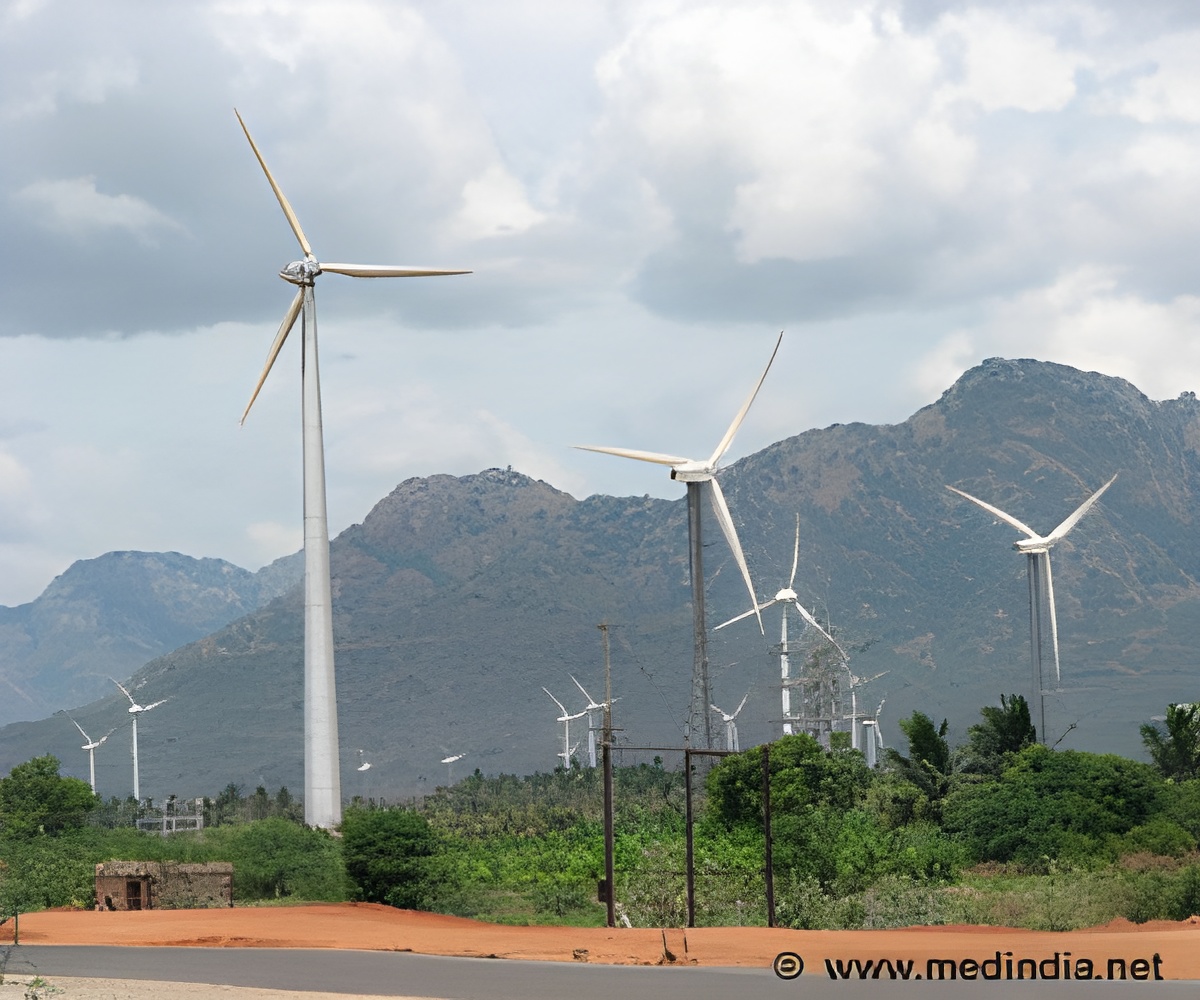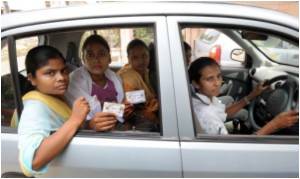The human scale is the link between emission sources and the various facets in urbanization, such as the dependency on electricity and building architecture.

"The carbon footprint of these pockets would be relatively higher compared to rural regions," T.V. Ramachandra, coordinator of the Energy and Wetland Research Centre and the Centre for Ecological Sciences, Indian Institute of Science, Bengaluru, told IANS.
Carbon footprint refers to the total amount of carbon dioxide and its equivalents emitted due to various human activities.
Ramachandra and his team mapped carbon emission and sequestration in all Indian states to identify the sectors and regions responsible for carbon imbalances which will help in implementing appropriate climate change mitigation and management strategies at "disaggregated levels".
Major sectors of carbon emissions in India are electricity generation, transport, domestic energy consumption, industries and agriculture while a majority of carbon storage occurs in forest biomass and soil.
What is interesting to note at the human scale is the link between emission sources and the various facets in urbanization, such as the dependency on electricity and building architecture.
Advertisement
Tracking urban emissions on a human scale assumes significance since India is undergoing massive urbanization. In the wake of limited progress in the global treaty negotiations, cities like Los Angeles are now tackling climate change themselves by calculating the carbon footprint and setting targets.
Advertisement
In the debate of big cities versus villages in India, the general perception is that cities hardly have any carbon footprint, but the urban areas are the leading emitters, closely followed by the rurban or transitional areas, urban-environment expert Mahendra Sethi revealed.
"India doesn't have any national urbanization policy as such (it doesn't have any strategy to regulate its urbanization) but it is the transitional area that need to be governed," Sethi, a faculty member at the National Institute of Urban Affairs, New Delhi, told IANS.
Sethi and his team used GIS technology and Google images to decode the carbon footprint of 454 thermal units from over 100 power plants in India, by plotting them on an urban-rural gradient.
"According to our study, it is the intermediate urban cities, the transitional ones that have population from 5,000 to 100,000, the class 1 to class 6 towns, that are contributing to two-thirds of the (thermal) emissions," Sethi explained, adding that if existing cities are being converted to Smart Cities using technology, then there is a scope for mitigating emissions.
Ramachandra advocated the need for "decentralized, distributed development than a push for irrational concentrated growth as being practice blindly since India's Independence."
"Now there is need to tackle the ever rising problems of land, water, energy and livelihood; we propose the concept of creation of smart villages as the ultimate solution and this would help in reversing migration to urban pockets," Ramachandra added.
Source-IANS











